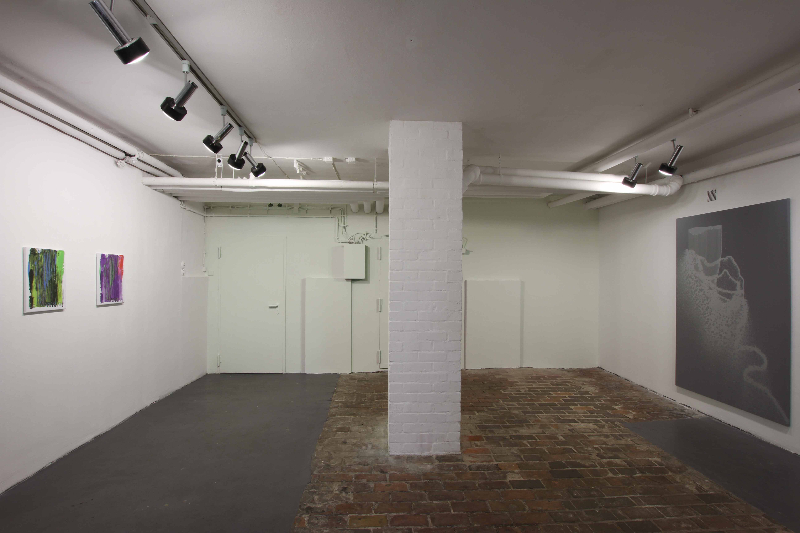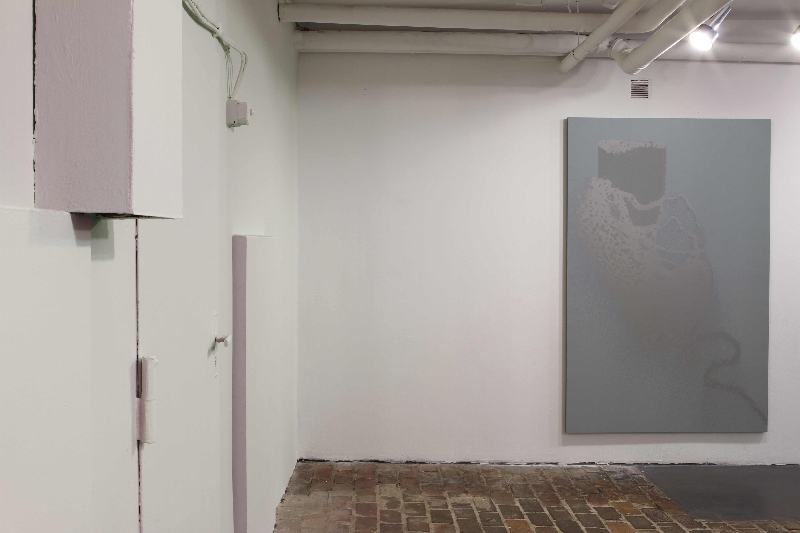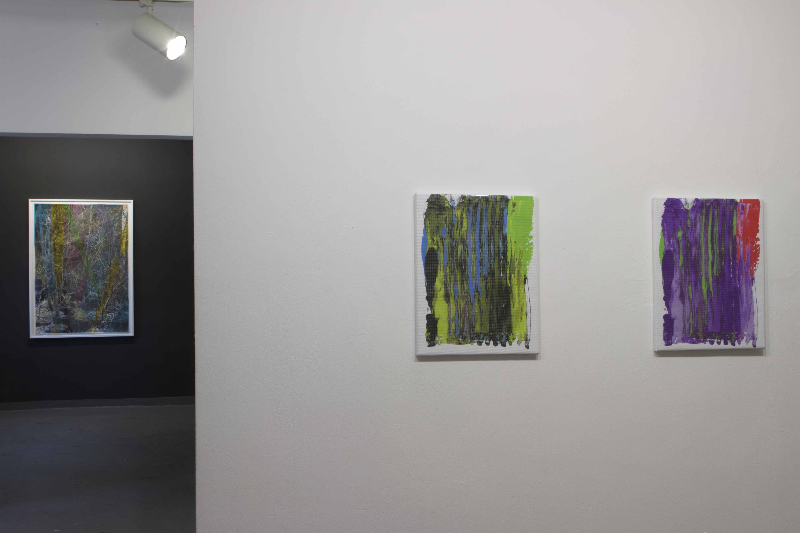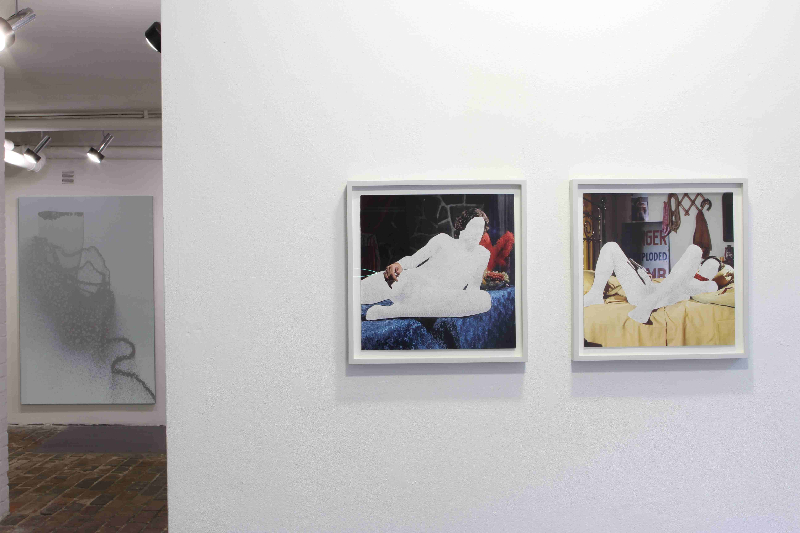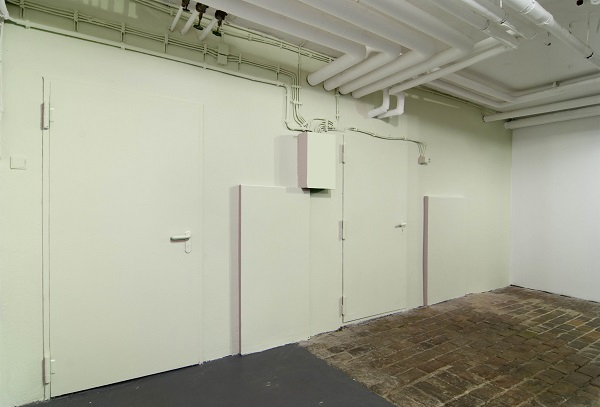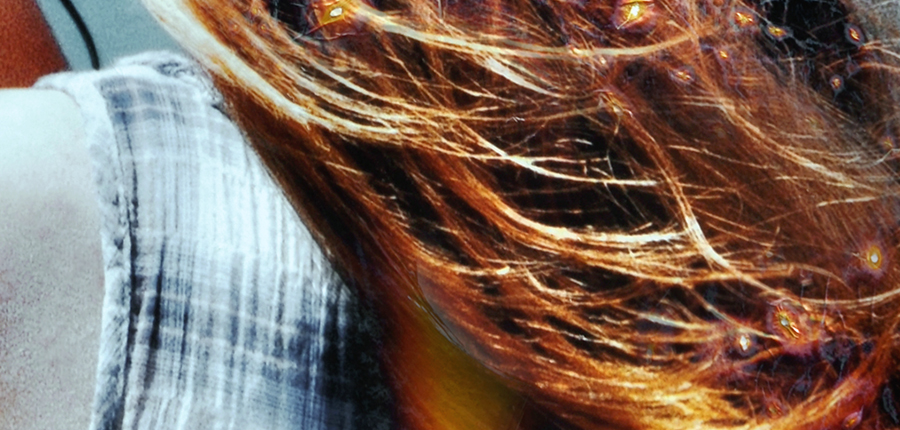
Eröffnung: Freitag 13. Februar 2015, 19 Uhr
Please scroll down for English version
»of light«
… „vom Licht“ diese Übersetzung drängt sich so direkt auf wie ein Fingerschnippen oder ein Augenschlag. Vielleicht ist es die Dominanz des Begriffs „Licht“, welche hier unmittelbar die Richtung der Gedanken vorgibt. Das käme nicht von ungefähr. Man muss sich nur vor Augen führen, welche physikalische und biologische Relevanz „Licht“ hat, um zu verstehen warum ihm zahlreiche Mythologien, Religionen und Gesellschaftsbewegungen eine Schlüsselrolle einräumten: von der Sonnenreligion des Echnaton in Ägypten, über die Architektur der Gotik, den Nürnberger Lichtdom von Albert Speer bis zu der Künstlergruppe ZERO.
Doch »of light« bedeutet hier nicht nur „licht“ sondern auch „leicht“, eine Verbindung die im Englischen untrennbar besteht, im Deutschen noch anklingt, die schnell übersehen werden kann, aber für das Zusammenkommen der Positionen gerade in dieser Synthese der Bedeutungen den passenden Rahmen auffaltet. Denn es geht hier mitnichten um dogmatische Weltentwürfe, sondern primär um die „lichten“ und „leichten“ Qualitäten der ausgewählten Arbeiten.
Die Wirkung der Werke entsteht aus dem subjektiven Umgang der einzelnen Künstler mit Phänomenen von Entmaterialisierung. Diese Phänomene zeigen sich sowohl im Einsatz des Materials als auch teilweise in der Wahl von Relikten eines Bildmotivs. Dazu kommen individuelle Strategien luzider Inszenierung. Nicht das möglichst neutral präsentierte, minimalistische Objekt, also die möglichst unverfälschte physikalische Präsens ist hier von Interesse, sondern der Eindruck den das Material und/oder das Bildmotiv durch seine spezielle Beschaffenheit in Symbiose mit Licht erzeugen. So stellen sich eher folgende Fragen: Wie viel Material ist nötig, damit sich Licht strukturieren kann? Welches Material lässt welche spezifische Ästhetik konkret werden? Welche Art von Motiv eignet sich besonders um die Phänomene einer visuellen Immaterialität erfahrbar zu machen? Wie müssen Lichtquellen eingesetzt werden, um Spektren der Verfremdung freizusetzen? Im Ergebnis eines Schaffensprozesses unter diesen Prämissen weisen die Arbeiten eine Qualität auf, die je nachdem so leicht, so reflektierend, so flüchtig, so raffiniert und so täuschend ist, dass sie durchdrungen von Licht eine changierende Haptik freisetzt oder den Betrachter mit unsicheren Momente des Erkennens konfrontiert. Dadurch geht von den Arbeiten eine prekäre Sinnlichkeit aus.
Ohne dominierenden inhaltlichen Überbau kann das Licht hier durch Material, Netzhaut, Geist und Raum fließen. Diese Beweglichkeit ist untrennbar verbunden mit der visuellen Verflüchtigung konkreter Materialität. Wenn auch gefiltert, zurückgeworfen, aus spezieller Quelle stammend, so werden doch immer Bilder transportiert, und zwar genau die Bilder, die alles andere als feststehend sind, da sie sich in jedem Augenblick aus ihrer Beschaffenheit, aus der jeweiligen Position im Raum und je nach Lichtquelle neu definieren. »of light« ist Zeitraum und Ort für die Erfahrung dieser Fluktuation.
Text: Stephan Köhler
In Kooperation mit frontviews.
HINWEIS: Wegen Umbaus in den vorderen Ausstellungsräumen des HaL ist die Studiogalerie vom 2. – 12. März 2015 geschlossen.
»of light«
When considering the title, the noun ‚light‘ seems to have only one, almost self-evident meaning. Maybe it is the dominance of the idea of ‚light‘, which determines the direction of our thoughts. This should of course be of no surprise. One just has to consider the physical and biological relevance of ‚light‘ to understand why numerous myths, religions and social movements granted ‚light‘ a key function within their theories: from the sun-worshipping religion of Akhenatan in Ancient Egypt, to Gothic architecture, Albert Speer’s cathedral of light, and the artist group ZERO, to name but a few.
But »of light«, in the context of this exhibition, relates to the adjective ‚light‘, which brings an important second meaning to the foreground: the quality of ’slightness‘, in the sense of ‚less weight‘ in substance. Only after the combination of these two definitions is the fitting framework for the selection of positions set. In fact, this exhibition is about two characteristics, which often go hand in hand: the ‚bright‘ and the ’slight‘ qualities of the works. This exhibition is by no means a confrontation with dogmatic and pseudo religious versions of a world order relying upon the metaphysical significance of ‚light‘.
The impact of the works originates in the subjective handling of the phenomena of dematerialisation by each artist. These phenomena reveal themselves in the use of material as well as the selection of rudimentary motifs. There are also individual strategies of lucid presentation. The most neutrally presented, minimal object – that is to say, the most unadulterated physical presence – is not of interest; rather it is the impression of the specific nature of the material and/or the motif it generates in symbiosis with light. Thus the following questions arise: How much material is necessary in order for light to structure itself? Which material allows a certain aesthetic to become concrete? Which motifs are most suitable in letting the phenomena of visual immateriality be experienced? Which sources of light have to be deployed to release spectrums of alienation? As the result of a creative process based on these premises, the works have a quality, which is so light, so reflective, so ephemeral, so subtle and illusive, that it discharges a changeable haptic infused with light or confronts the viewer with uncertain moments of recognition. Thus the works radiate a precarious sensibility.
Without a dominating superstructure in terms of content, the light can here flow through material, retina, mind and space. This mobility is inseparably connected with the visual volatilisation of concrete materiality. Even when being filtered, reflected or derived from a certain source, images are still conveyed, and they are precisely the images that are anything but fixed . And these images are anything but constant, because – depending on their quality, their position in the space and the source of light – they continually redefine themselves visually. »of light« is the time and place to experience this fluctuation.
Text: Stephan Köhler
In cooperation with frontviews.
Please note: During the renovation of the front gallery at HaL from March 2-12 2015 the Studiogalerie is closed!
Image: Elmar Vestner
